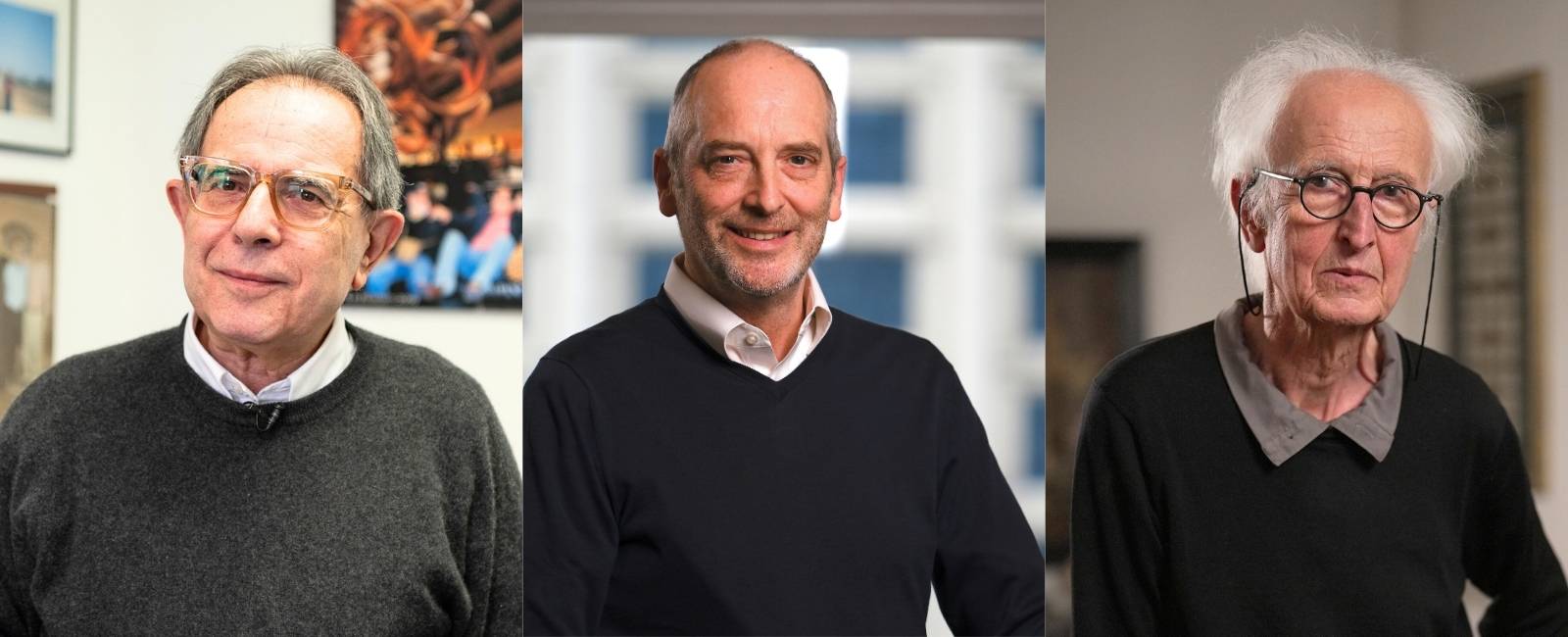Martin's paper on coupling reactions succeeds!
30th July 2014 – The paper by Ruben Martin et al. has been published in Chemistry A European Journal. It summarizes the recent findings in the field of metal-catalyzed reductive coupling reactions of aryl halides and (pseudo)halides with carbonyl-type compounds, with particular emphasis on the mechanistic interpretation of the results and future aspects of this area of expertise.
It was the most accessed article in June and is among the most accessed papers between August 2013 and July 2014, something remarkable considering it was published in June 2014.
Metal-Catalyzed Reductive Coupling Reactions of Organic Halides with Carbonyl-Type Compounds
Toni Moragas, Arkaitz Correa and Ruben Martin
Chem. Eur. J., 2014, 20, 8242-8258
Every paper published in 2014 up to now by Ruben Martin’s group has been in the list of most read articles:
Related news

Let's create a brighter future
Join our team to work with renowned researchers, tackle groundbreaking
projects and contribute to meaningful scientific advancements






 27-03-2025
27-03-2025 















